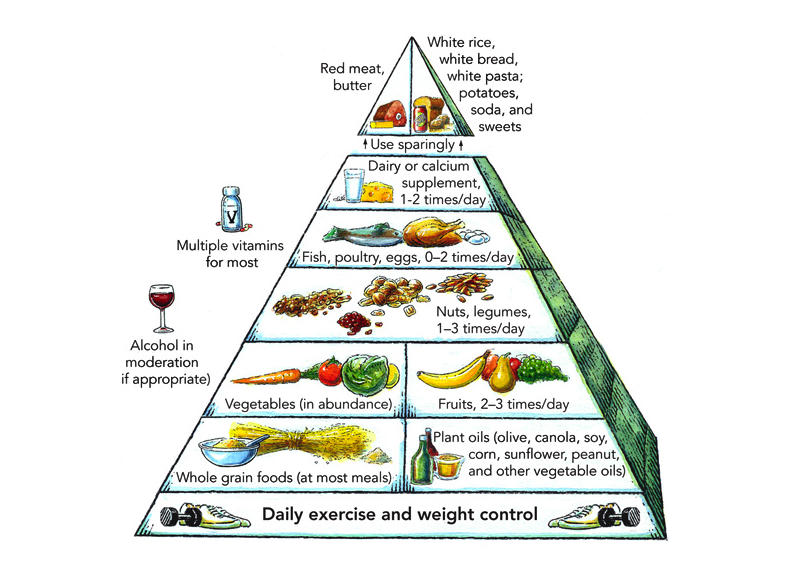How to Create the Perfect Diet for You
Episode #4 of the course How to outsource your diet by Liam Smith
Remember in our first lesson when we talked about tactics vs. strategy?
Well, in today’s lesson, you’re going to explore the tactics that you’ll use—in other words, how you’ll eat day to day. But in order to determine your tactics, you need to establish why you are doing it in the first place. You need to set a goal.
Establish Your Goal
Ask yourself, what is it that you’re hoping to achieve? Spend a minute to think about your answer.
Try to make your goal as specific as possible, for example:
• “I want to drop a dress size before my daughter’s wedding in six months.”
• “I want to become a vegan / vegetarian / paleo / other.”
• “I want to eat a low-sodium diet so I can reduce risk of becoming ill.”
Make it realistic: Researchers say that when it comes to dieting, unrealistic goals are among the reasons many people fail. A “safe” weight loss, for example, is around one to two pounds per week, despite what many people say is possible. Losing weight faster than this is not sustainable and could damage your health. And accept that changing your eating habits won’t happen overnight. Research suggests that on average, it takes 66 days for a new habit to form. Good things come to those who wait.
Once you’re happy with your goal, make a note of it for later.
Make a List of What’s Important to You
When trying to form any new habit, such as a new diet, consistency is a key. Diet hacking makes it easier to be consistent, but you still need to enjoy what you eat every day; otherwise, you’ll be tempted to stray, right?
So, make a list of your likes, dislikes, and anything else important to you. Use the following questions to prompt some ideas:
• What cuisines do you like the most?
• What foods do you want to avoid?
• What allergies or intolerances do you have?
• What else is important to you? For example, quick, easy meals or cutting out processed foods?
Again, make a note of your answers for later.
Choose to Get Specific (or Not)
The information we’ve covered in Steps 1 and 2 will provide sufficient guidance for your assistant, as you’ll see in a later lesson. You may, however, want to hone it further by choosing a specific type of diet, such as veganism, or a specific program, such as Weight Watchers.
Remember to do your research and be cautious. Even the most popular diets, such as the Atkins Diet and the Dukan Diet, can go against medical advice. You may also want to consult a medical professional.
Personally, I loosely follow a Mediterranean diet, which resembles the current NHS guidelines for a balanced diet. Inspired by the eating habits of Greece, Southern Italy, and Spain in the 1940s and 1950s, the Mediterranean diet ticked all the boxes for me. It’s also been linked to reduced risk of serious illnesses, including heart attacks and strokes. Here’s what it looks like:

Now, over to you …
Spend a few minutes answering the questions posed in this lesson, and make a note for tomorrow. Next, you’re going to learn how to say goodbye to last-minute recipe searching forever. I hope you’re excited!
Speak soon,
Liam
Useful tool
Try this calorie calculator if your goal is to lose or gain weight. Make a note of your daily and weekly calorie targets.
Recommended reading
Mediterranean Diet Cuts Heart and Stroke Risk
Recommended book
Deep Nutrition: Why Your Genes Need Traditional Food by Catherine Shanahan, Luke Shanahan
Share with friends

